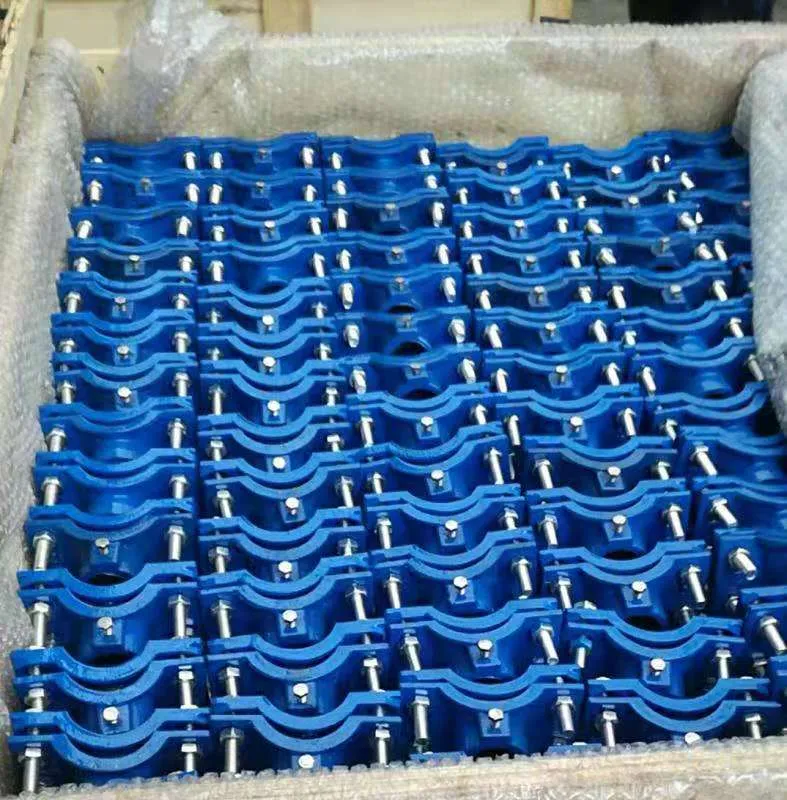manhole cover riser
The Unique Engineering Behind Manhole Cover Risers
Manhole covers are ubiquitous features in urban infrastructure, often overlooked by the average passerby. However, they serve a critical purpose in managing the underground utilities that keep our cities functioning smoothly. Beneath the surface, a complex web of sewage, water, electricity, and telecommunications systems crisscrosses, requiring access points such as manholes. Over time, the elevation of these access points can become misaligned with the surface due to repair work, resurfacing, or natural settling of the ground, which leads to the need for manhole cover risers.
What are Manhole Cover Risers?
Manhole cover risers are circular or rectangular extensions used to bring a manhole cover to the desired height. When a road is resurfaced with asphalt or concrete, the original level of the manhole cover may be lower than the new surface. This misalignment can create safety hazards—vehicles might hit raised edges, and pedestrians might trip. Thus, risers are installed to ensure the manhole cover is flush with the new road surface, maintaining a smooth transition for both vehicles and pedestrians.
The Importance of Proper Height Alignment
Proper height alignment of manhole covers is essential for several reasons. Firstly, safety is the most pressing concern. A sunken manhole cover can cause accidents ranging from minor trips to severe vehicle damage. Secondly, it helps in the overall functionality of the surface drainage system. Improperly aligned covers can disrupt the flow of water during rain, potentially leading to flooding in urban areas. Lastly, it enhances the aesthetic value of city streets. Well-aligned manhole covers give a uniform look to the pavement and demonstrate good urban planning.
Materials and Design Considerations
Manhole cover risers are typically made from various materials such as cast iron, concrete, or plastic. The choice of material often depends on factors like the expected load bearing, environmental conditions, and aesthetic considerations. Cast iron is commonly used due to its strength and durability; however, it can be heavy and susceptible to rust. Concrete is often utilized for larger risers, while plastic options are becoming increasingly popular for their lightweight properties and resistance to corrosion.
manhole cover riser

Design considerations also play a crucial role in the effectiveness of manhole cover risers. Engineers must account for the surrounding infrastructure and potential load that the cover will bear. The riser must be designed to seamlessly integrate with both the manhole structure and the road surface without compromising structural integrity.
Installation and Maintenance
Installing risers is a delicate task that requires skill and precision. After assessing the alignment and height needed, workers must carefully remove the existing manhole cover and set the riser in place, ensuring it is level and stable before replacing the cover. Regular maintenance is also essential. Over time, the risers can shift or settle, requiring periodic checks and adjustments to ensure they continue to meet safety standards.
Challenges and Innovations
As urban environments evolve, challenges around manhole cover risers are also changing. Increased traffic loads, climate change, and aging infrastructure often complicate the maintenance of these important features. Innovations in materials science and engineering are leading to new designs that are not only more durable but also easier to install and maintain. Smart manhole covers with sensors that monitor ground conditions or potential flooding are being developed, promising to enhance the functionality of our urban infrastructure.
Conclusion
Manhole cover risers are an integral part of urban planning and infrastructure management. They safeguard against accidents, facilitate effective drainage, and contribute to the overall aesthetics of city streets. As cities continue to grow and adapt to new challenges, the engineering behind manhole cover risers will remain a vital component of urban infrastructure, ensuring that our cities function safely and efficiently. By understanding their importance, we can appreciate these often-overlooked features and advocate for their maintenance and innovative improvements.
-
The Smarter Choice for Pedestrian AreasNewsJun.30,2025
-
The Gold Standard in Round Drain CoversNewsJun.30,2025
-
The Gold Standard in Manhole Cover SystemsNewsJun.30,2025
-
Superior Drainage Solutions with Premium Gully GratesNewsJun.30,2025
-
Superior Drainage Solutions for Global InfrastructureNewsJun.30,2025
-
Square Manhole Solutions for Modern InfrastructureNewsJun.30,2025
-
Premium Manhole Covers for Modern InfrastructureNewsJun.30,2025
